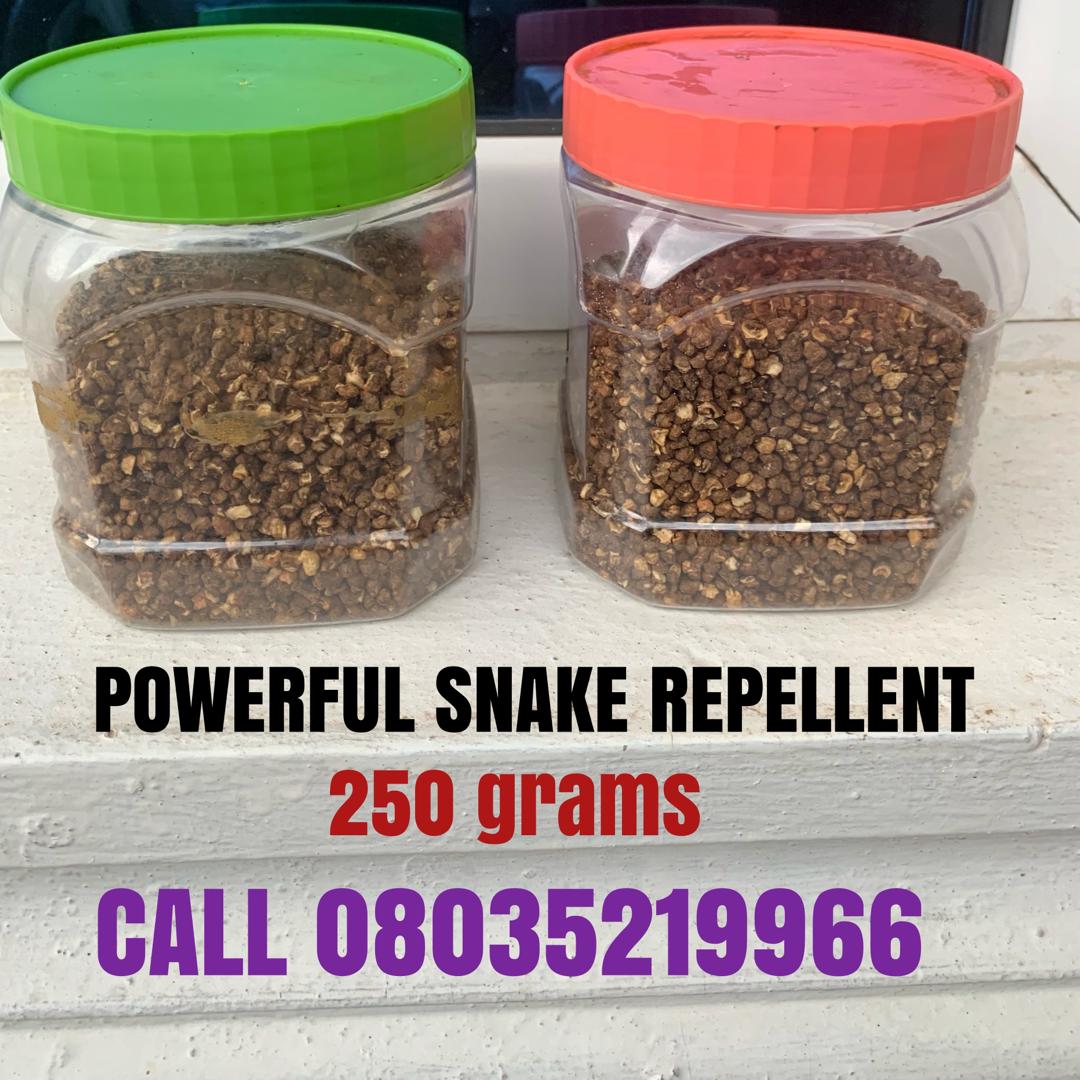How to limit your mistakes in pig farming business
Below is a comprehensive guide on how to limit mistakes in a pig farming business:
 Learn More
Learn More1. **Thorough Research and Education:** Gain a deep understanding of pig farming by studying breeds, housing, nutrition, health, and market trends. Attend workshops, read literature, and seek advice from experienced farmers.
2. **Business Plan:** Create a detailed business plan that outlines your goals, budget, revenue projections, and strategies. This plan will serve as a roadmap and help you stay on track.
3. **Selecting the Right Location:** Choose a suitable location with access to transportation, water supply, and proper drainage. Ensure compliance with local regulations and zoning requirements.

4. **Housing and Facilities:** Construct clean, well-ventilated, and secure pig housing. Provide appropriate bedding, temperature control, and waste management systems. Ensure proper lighting and ventilation.
READ ALSO How to Identify, Treat, and Prevent Swine Dysentery
5. **Biosecurity Measures:** Implement stringent biosecurity protocols to prevent disease outbreaks. Restrict visitor access, establish quarantine procedures for new pigs, and maintain strict sanitation practices.
6. **Choosing Quality Breeds:** Select pig breeds that align with your business goals and are known for disease resistance and good growth rates. Maintain a proper vaccination and health monitoring program.
7. **Nutrition and Feeding:** Develop a balanced feeding regimen based on the nutritional needs of pigs at different stages of growth. Consult with nutritionists to formulate appropriate diets.
READ ALSO 7 Reasons Why Pigs Won’t Eat
8. **Health Monitoring:** Regularly inspect pigs for signs of illness, and isolate and treat sick pigs promptly. Establish a working relationship with a veterinarian to address health issues effectively.
9. **Record Keeping:** Maintain accurate records of expenses, sales, feed consumption, and growth rates. Analyze these records to identify patterns and areas for improvement.
10. **Market Analysis:** Continuously assess the market demand for pork products. Tailor your production to meet consumer preferences, whether for fresh meat or processed products.
11. **Employee Training:** If you hire employees, provide proper training on pig care, health management, biosecurity, and emergency protocols. A well-trained team can prevent mistakes and improve efficiency.
12. **Emergency Preparedness:** Develop contingency plans for emergencies like disease outbreaks, power outages, or natural disasters. Having a plan in place can minimize disruptions.
13. **Financial Management:** Monitor your finances closely. Keep track of expenses, control costs, and evaluate profits to ensure the financial stability of your business.
14. **Continuous Learning:** Stay updated with the latest advancements in pig farming, industry practices, and technologies. Attend seminars and workshops to enhance your knowledge.
15. **Networking:** Build relationships with fellow pig farmers, suppliers, and industry experts. Networking can provide valuable insights, solutions to challenges, and potential collaboration opportunities.
By following these steps and maintaining a proactive and informed approach, you can reduce the chances of mistakes and create a successful pig farming venture.
🧩CREATED BY DR JOSEPH DEJI-FOLUTILE















